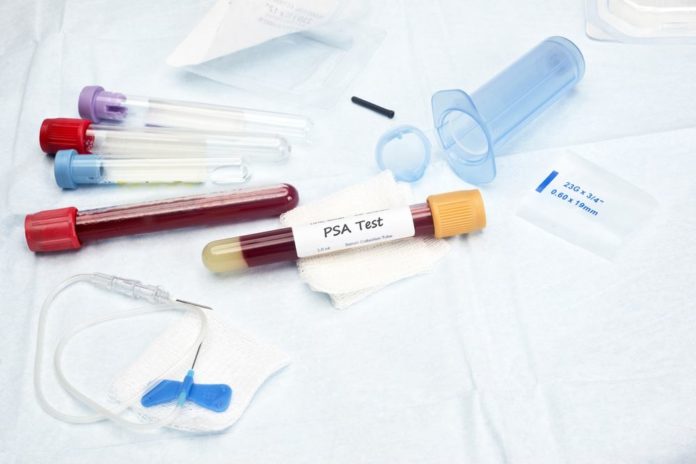What Does PSA Means? PSA stands for Prostate Specifics Antigen. It is a blood test which is use to examine the presence of prostate cancer in blood cells. It can be defined as the protein which is produced by the cells that are found in the prostate. PSA test primarily determines whether a man has cancer of the prostate or not. The test is carried out on the person who is either symptomatic or asymptomatic. A small amount of PSA discharges in the blood, but majorly same kind of protein is also found in semen.
Contents
Different Types of PSA’s
PSA is identifiable in two main types in the blood, and those are, the range which is not bound meaning that it is free. Other types which are not free meaning that it is bound to other proteins and is usually known as the cPSA or Complex PSA. When laboratory tests are carried out, they can determine the number of free PSA’s or the total number of PSA, which is a combination of those that are bound and those that are free.
Diagnosis of Prostate Cancer Through PSA
Certain organizations and medical institutions have the opinion that the damages which occur from over doing both diagnosis and treatment overshadow possible benefits and suggest against using PSA for the screening of prostate cancer among men of various ages with good health.

PSA test primarily determines whether a man has cancer of the prostate or not.
Relevant Recommendations for Cancer Diagnosis Through PSA
It is recommended that you should consult a health service provider if you want to go through for PSA screening, so as to explore both the advantages and the disadvantages of the use of this type of testing. Once the discussion has been held, then one can make an informed decision as to whether to be screened or not. High levels of PSA that are linked to cancer may be caused by various other conditions such as irritation of the prostate. It is highly recommended that after the first PSA is done a second one should be carried out because normally there can be a temporary situation in which there are high levels of PSA. A biopsy should follow a PSA screening that indicates elevated levels of the PSA; however, it is important to note that a biopsy can bring with it certain complications such as fever or pain. Prostate cancer is said to be one of the cancers that grow slowly, but can be detected through screening and can eventually be treated with radiation or surgery. Both of the treatments mentioned above have various side effects such as erectile dysfunction.
High levels of PSA that are linked to cancer may be caused by various other conditions such as irritation of the prostate. It is highly recommended that after the first PSA test a second one should be carried.
What Does PSA Means & What is DRE (Digital Rectal Exam)
When there are high levels of PSA and if the DRE (Digital Rectal Exam) just shows that it is normal then a free PSA test is recommended so as to be able to establish a ratio of the free PSA to the total PSA.
If the real rate of PSA is known, then it is easy to tell the difference between non-cancer causes of high levels of PSA and prostate cancer. When it is diagnosed that you have cancer of the prostate, a PSA test can be used to as a tool to gauge the success of any treatment or to establish whether prostate cancer has come back again even after treatment.
Low or High Risk of Prostate Cancer’s Screening with PSA in Men
A PSA test can be carried out for men whose risk for cancer is ordinary meaning that they are between the ages of 55 and 69 years, or those whose risk for cancer is higher such as African Americans and who are between the ages of between the ages of 40 and 45 years.
Interpreting PSA Test Results
There are various conclusions that can be arrived at after a PSA test has been done such as:
- When 4.0 ng/ml nanograms per milliliter of blood are discovered, then this means that the chances of you having cancer are quite small.
- APSA level of 10.0ng/ml can indicate a higher chance of you getting cancer. It is imperative to note that once cancer has been detected then during treatment of the same, then PSA levels should come down and should not be detected in the bloodstream during future tests.
So now the what does PSA means has been cleared.



